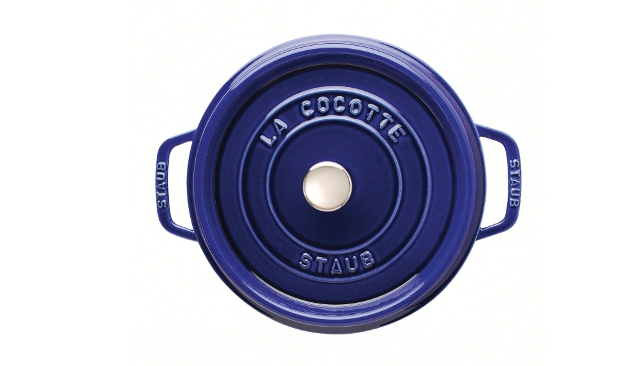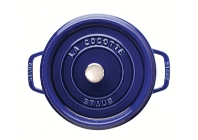Blade of glory
As the key tool in the kitchen, the design of the ever-useful chef’s knife has hardly changed for hundreds of years.

With Zwilling J.A. Henckels being the oldest knife company in the world, this German brand knows more than most about how to create the ultimate European-style knife.
Its latest product is the Twin 1731 (named after the year the company was founded in Solingen), which has been designed by Italian designer and architect Matteo Thun for professional chefs.
A full tang, which is a single piece of metal that runs from the tip of the blade to the end of the handle, is manufactured from highperformance Cronidur 30 – an aerospacegrade steel.
Using nitrogen the blade is then bound under pressure at –70°C in an ‘ice-hardening’ process. This process provides exceptional hardness (60 on the Rockwell scale), high elasticity for delicate filleting and very high corrosion resistance.
The blade is then laser-scanned to attain the optimum cutting edge angle for sharpness and strength, before the handle is bonded to it.
The handle is made from a traditional untreated, oiled ebony. A half bolster makes the entire length of the blade a cutting edge, while providing an ergonomic grip to lessen fatigue when chopping.
At £349 it is a professional tool, probably best not to be used for cutting the crusts off your sandwiches.
Japanese edge
The alternative to a European knife is one from the old masters in the Far East, such as this Gyutoh knife from Miyabi.

This ‘Gyutoh’ translates rather amusingly as ‘cow sword’, although it merely describes that this Eastern chef’s knife would be used for cutting meat.
Designed and manufactured in Seki, Japan, this blade has a special Damascus patterning, demanding even more skill for its intricate manufacture.
Using a traditional symmetrical design the hard core of the tang is produced from MicroCarbide powder steel MC66. A hundred layers of two different steel grades of a different hardness are then built up to encapsulate the core, which forms the cutting edge.
A special blade treatment changes the surface structure of each layer, thus creating the slender blade’s individual flower damask pattern.
The blade is hardened during a specifically developed process that includes ice-hardening at –196°C to deliver extreme hardness.
Lighter than its European counterpart, the Japanese design is also sharper, resorting to traditional Honbazuke honing to give the symmetric blade a scalpellike edge.
The traditional D-shaped handle made of masur birch guarantees perfect balance and control, ensuring that no fingers go missing whilst using it.
Pan-tastic
On first inspection there’s little that can be improved upon in the design of the humble stew pot; food goes in, cooks in the oven for a long time, tasty meal comes out.

From playing around with shapes and materials in the 1970s, French cookware manufacturer Staub believes it has found the best design for the kitchen.
While retaining the aesthetics of a traditional French ‘cocotte’ with its colourful enamel glaze, the cast iron insides are cleverly designed to seal in as much flavour as possible resulting in a natural simmering system.
The Staub cocotte has a lid with selfbasting spikes which enable drops of condensation to fall uniformly onto the food simmering below.
This continuous rainfall effect over the whole lid ensures that the flavours of the ingredients are retained and, importantly, prevents the food from drying out.
The lid is designed in such a way as to prevent moisture from escaping during the cooking process, while material design means that the black enamel inside is non-stick so food cannot burn to the bottom or stain it.
A look at some of the latest innovations in cookware and kitchen knives
Default






